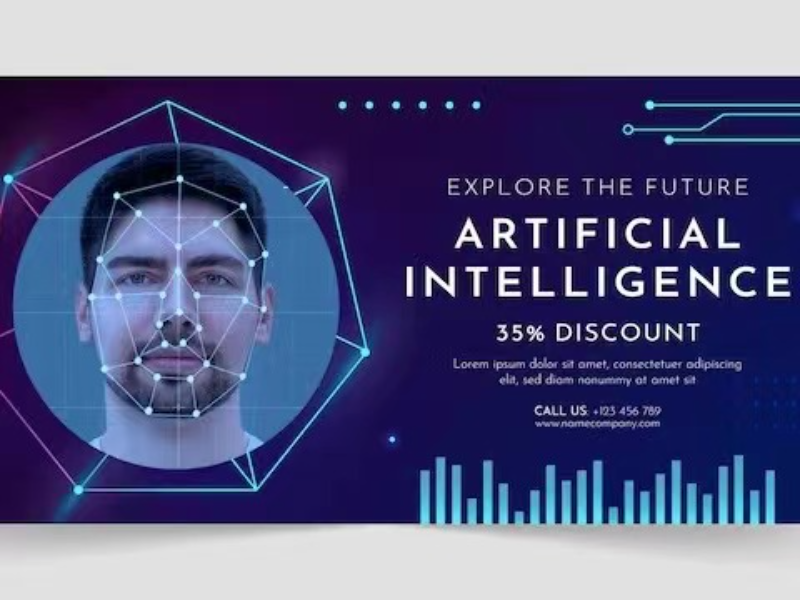- YouTube has allowed users to request the removal of AI-generated content simulating their face or voice to protect privacy.
- YouTube’s policy change addresses privacy and ethical issues stemming from AI technology, aiming to balance privacy protection and creative expression.
OUR TAKE
As ethical issues from AI use increase, the public relies on AI’s convenience but remains concerned about their privacy and security at the same time. YouTube’s option for removing AI-generated content shows its concerns about user safety. However, with the vast number of internet users, the change could result in a significant workload for the platform.
–Ashley Wang, BTW reporter
What happened
YouTube allowed its users to request the removal of AI-generated content that simulates their face or voice to protect their privacy in June. The policy change enables individuals to safeguard their privacy. YouTube had previously announced a responsible AI innovation last November.
Shifting the focus to privacy violations instead of misleading content, YouTube will review complaints. The request will not be permitted 100% for it still needs to be judged based on a variety of factors, according to YouTube’s Help documentation. Specifically, YouTube will assess whether the content is altered or synthetic, and if it can be easily identifiable as the person in question or appear realistic, etc. Once a request is submitted, uploaders of that content have 48 hours to act on complaints before YouTube initiates a review.
Also read: Can YouTube detect AI-generated content?
Also read: Is it possible to detect AI-generated code?
Why it’s important
YouTube’s policy change signifies rising awareness of privacy and other ethical issues resulting from AI technology. The change protects individuals’ identities and maintains trust in the platform. YouTube acknowledges the nuanced impact of synthetic media beyond misleading information.
AI-generated content offers innovation and creativity, evidenced by its surging user base. However, serious privacy and ethical challenges have aroused public attention. YouTube’s policy change is crucial in its attempt to address these issues, underscoring its commitment to balancing privacy protection with creative expression and highlighting its proactive stance in navigating the complexities of AI content and its implications for users and creators alike.

